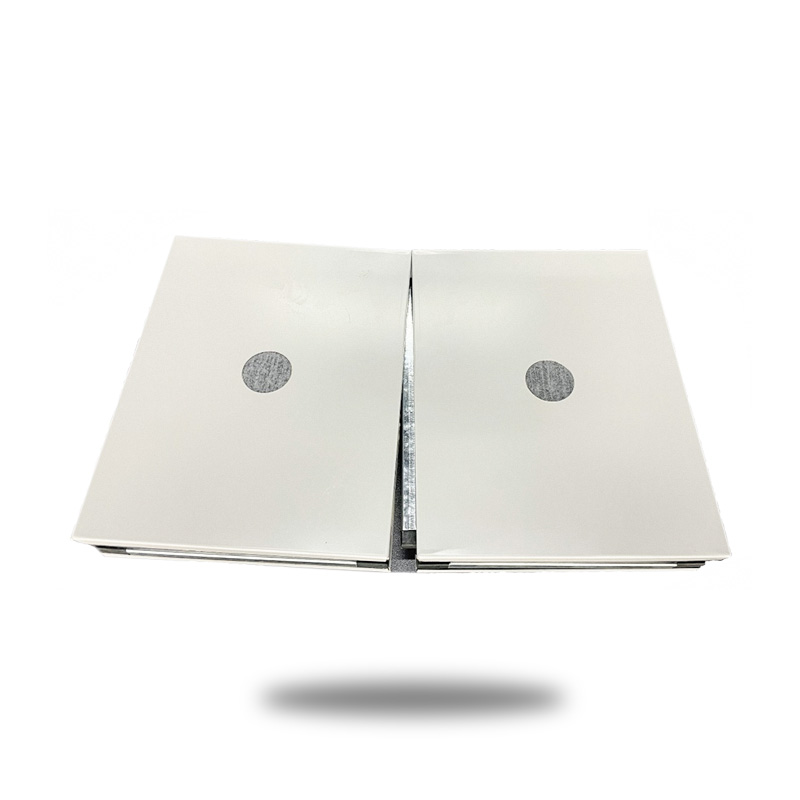

The installation and maintenance of clean room panels a […]
The installation and maintenance of clean room panels are crucial for ensuring optimal performance, cleanliness, and longevity of the clean room environment. Here's an overview of the typical procedures involved:
Before installation, the clean room area should be thoroughly cleaned and prepared according to cleanliness standards. Any debris, dust, or contaminants should be removed to prevent contamination of the clean room panels during installation.
Clean room panels are typically modular and designed to interlock or connect seamlessly. Installers assemble the panels according to the layout and design specifications of the clean room. Care is taken to ensure that panels fit tightly together and that seams are properly sealed to prevent air leakage and contamination ingress.
Sealing mechanisms, such as gaskets or compression seals, are employed to create airtight connections between panels and at joints, corners, and edges. Reinforcement may be added as needed to ensure structural integrity and stability of the clean room enclosure.
During installation, provisions are made for integrating utilities such as electrical wiring, HVAC ductwork, lighting fixtures, and data cabling into the clean room panels. Access points and service ports are strategically placed to facilitate maintenance and servicing of these utilities.
Once installation is complete, a final inspection is conducted to verify that all panels are securely installed, sealed, and aligned according to specifications. Functional testing may also be performed to ensure proper operation of utilities and environmental control systems.

Maintenance Requirements:
Routine inspections of clean room panels are essential for identifying any signs of damage, wear, or degradation that could compromise cleanliness or structural integrity. Inspections should include visual checks of panel surfaces, seals, joints, and fasteners.
Clean room panels should be cleaned regularly using approved cleaning agents and procedures. Surfaces should be wiped down with lint-free cloths or mops dampened with cleanroom-grade disinfectants or detergents. Care should be taken to avoid abrasive cleaning methods that could damage panel finishes or compromise cleanliness.
Sealing mechanisms should be inspected periodically and replaced as needed to maintain airtightness and prevent air leakage. Damaged or deteriorated seals should be promptly repaired or replaced to prevent contamination ingress.
Any damaged or defective panels should be repaired or replaced promptly to ensure the continued effectiveness of the clean room enclosure. Replacement panels should match the specifications and performance characteristics of the original panels to maintain consistency within the clean room environment.
Maintenance activities, including inspections, cleanings, repairs, and replacements, should be documented and recorded for compliance and traceability purposes. This documentation helps track the condition of clean room panels over time and identify any trends or recurring issues that may require corrective action.
By adhering to proper installation procedures and implementing regular maintenance protocols, clean room panels can continue to perform effectively, maintain cleanliness standards, and contribute to the overall integrity of the clean room environment. Regular monitoring and proactive maintenance are key to ensuring optimal performance and longevity of clean room panel systems.
Our new models offer superb design;competitive prices and their new features give them distinct advantages over similar products from other manufacturers.